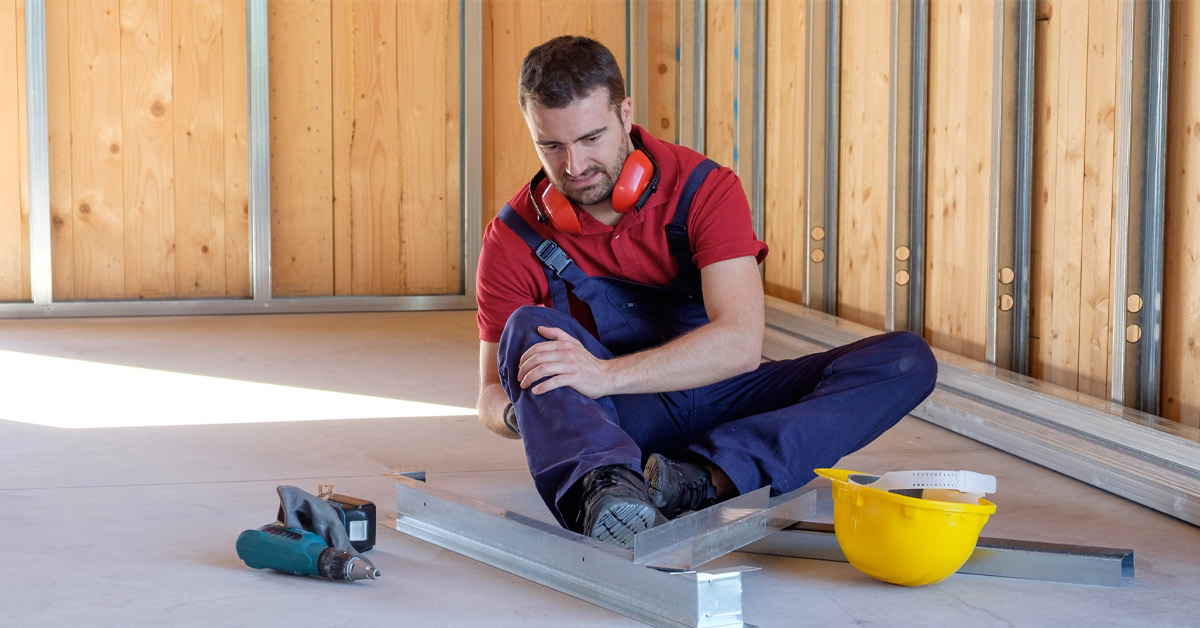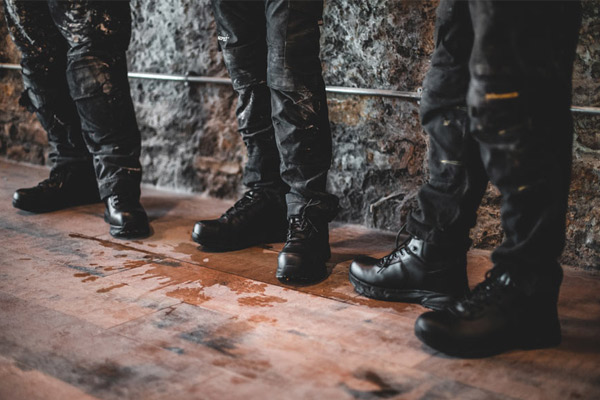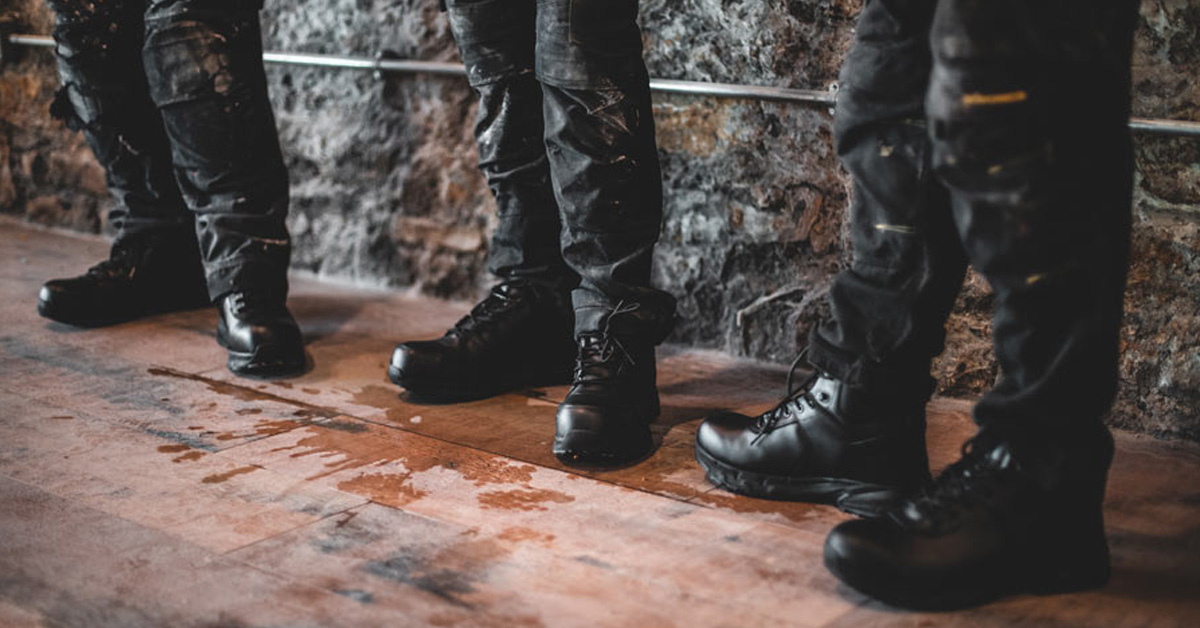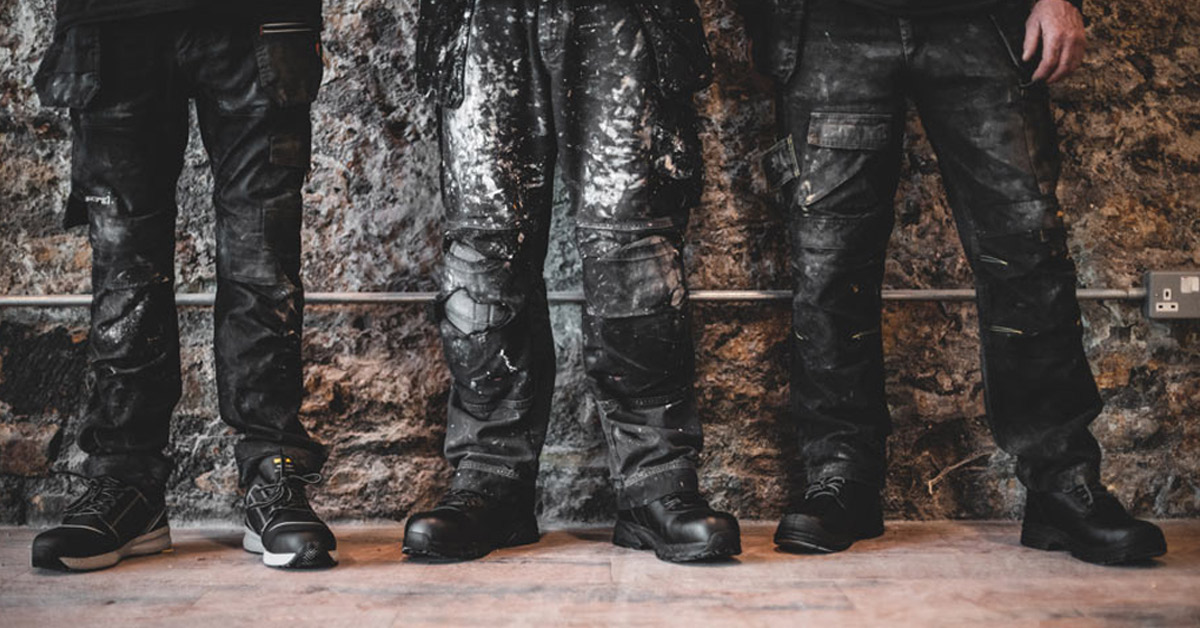Slips, trips and falls in the workplace do not always prevent employees from attending work, but they can sometimes result in reduced productivity and ultimately, lost profitability. Minor injuries such as cuts or bruises can take at least a few days to recover from, but more severe injuries could require long-term physical therapy and support.
The most frustrating thing about these types of workplace injuries is that they are quite frequent in the facility management industry.
In a Labour Force Survey (LFS) from 2021, these were the six most common non-fatal workplace injuries:
- Injured while lifting or carrying (manual handling)
- Slipped, tripped or fell on the same floor level
- Hit by moving, flying or falling object
- Contact with moving machinery
- Fell from a height
- Hit something fixed or stationary
It is clear that these accidents will incur a cost. The tasks that an injured worker is supposed to perform will remain incomplete, at least not until a suitable replacement can be found. But there are other costs that are not as obvious. Learn about the six hidden costs of slips, trips and falls in the workplace in this article and how you can control them by supporting your team with superior protection from Shoes For Crews.
1. Delays in delivery
The first, and possibly the most noticeable disruption, is production. If one or more employees are injured and unable to come to work, this could cause delays in completing their daily tasks or meeting their minimum output quotas. This type of delay can directly affect customers who are waiting for the delivery of goods or services.
The longer your employees are off work, the more frustrating the delays can become for customers. In addition to all of that, clients might decide to take their business elsewhere if the delays persist and become severe, thus costing your company valuable revenue.
2. Workforce shortages
Along with experiencing delays in production, another hidden cost and interruption is a shortage of workers. With the staff members who are at work, they might have to take on tasks they wouldn’t normally perform to pick up the slack and stay on schedule.
This can result in increased stress and frustration for your workers and can ultimately affect their productivity. Your company may also be forced to spend extra money on advertising and recruitment costs to help fill the gaps on the production line.
3. Temporary labour and training costs
When an injured employee must be replaced, your company will need to spend extra money on re-training the new worker. This can end up becoming a significant expense, especially if your HR department already invested a lot of time and money into equipping the original staff member.
This can impact the bottom line because not only are new workers less productive in the beginning, they may not understand the systems and processes that a seasoned employee would know. What is more, many companies are using existing staff members to train new hires, which can directly affect their performance and time spent at work.





